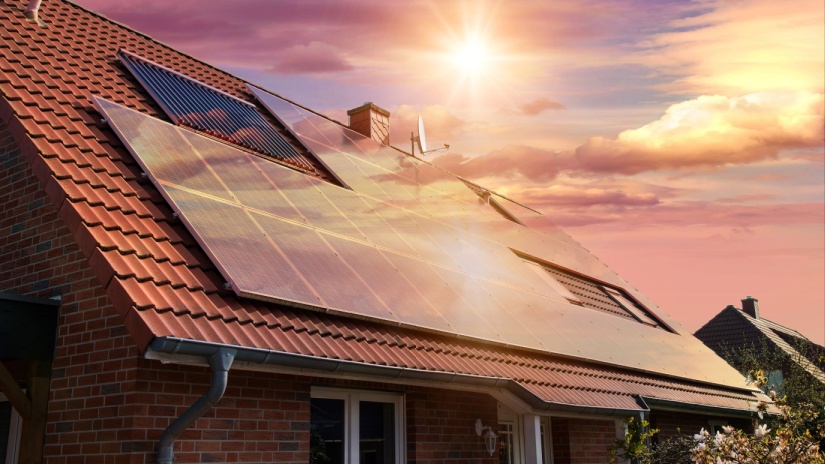Victoria's Premium Solar Feed-In Tariff Scheme set to end November 2024

The Victorian Government’s Premium Feed-In Tariff (PFiT) scheme ended today.
Customers currently on the PFiT will still receive payments for any solar energy they export, but at a reduced rate determined by the Essential Services Commission (ESC). For the 2024-25 period, this ‘flat rate’ minimum feed-in tariff is set at 3.3 cents per kilowatt hour.
Some energy retailers may offer feed-in tariff rates above this minimum, so if you're impacted by the end of the PFiT scheme, it’s worth discussing alternative rates with the team at Compare Energy, so you get the best value for money in your solar plan.
You should also be aware that your electricity rates when consuming energy will have a significant impact on your bill, so not only should you check your feed-in tariff but it’s essential that you check the rates you’re being charged for consumption.
What is the PFiT Scheme?
In November 2009, Victoria launched the Premium Feed-in Tariff (PFiT) scheme to encourage the adoption of solar power by offering households 60 cents per excess kilowatt hour of energy they return to the grid.
The PFiT scheme has been funded by electricity distribution companies, who cover its costs by slightly increasing the rates charged to all Victorians for the energy they use, including non-solar customers.
Unlike the standard solar feed-in tariff, which is adjusted annually by Victoria’s independent regulator, the PFiT scheme operates on different terms. Households on the standard solar feed-in tariff will not be affected by the end of the PFiT scheme. However, standard solar feed-in tariffs have been lower than the PFiT.
Why is it ending?
The Victorian Government ended the Premium Feed-In Tariff (PFiT) scheme in November 2024, as it has successfully boosted solar adoption in the state. Generous feed-in credits helped make rooftop solar more affordable and appealing, building a strong local industry. Now, solar incentives are provided through upfront rebates and interest-free loans instead.
As solar generation has increased, daytime wholesale electricity prices have dropped, reducing the market value of solar exports. If retailers were required to pay higher rates for solar exports, this could lead to higher electricity costs for all customers.
More than 700,000 Victorian households, small businesses, and community groups have benefited from the PFiT scheme. With its end, now is a great time for these early adopters to explore new ways to reduce their energy costs.
How can I maximise value from my rooftop solar?
The key to getting the most benefit from your solar panels is through self-consumption - using the power your system generates during daylight hours. Here are some effective ways to shift your energy use to take full advantage of your solar power:
- Manually run appliances during the day if you’re at home.
- Use timers on appliances that have them to start during peak solar hours.
- Install smart plugs to control devices remotely.
- Consider smart devices or a home energy management system to automate and optimise household energy usage throughout the day.
You can still benefit from rooftop solar even after the PFiT ends. The state government continues to offer solar rebate programs, including up to $1,400 in rebates for new panel installations and interest-free loans to help cover costs.
If your solar panels are over a decade old, they may be nearing the end of their efficient lifespan and could be much smaller than today’s standard systems. Upgrading to a larger, more efficient solar array might be a worthwhile investment.
Reduce energy costs with Compare Energy
If you are on the Victoria Premium Solar Feed-In Tariff and you are looking to switch to a better, more cost-effective energy plan, call the team at Compare Energy on 1300 790 106.
We’re here to help you with any questions you may have about the scheme ending, and your next steps to ensure your energy costs are kept to a minimum.

